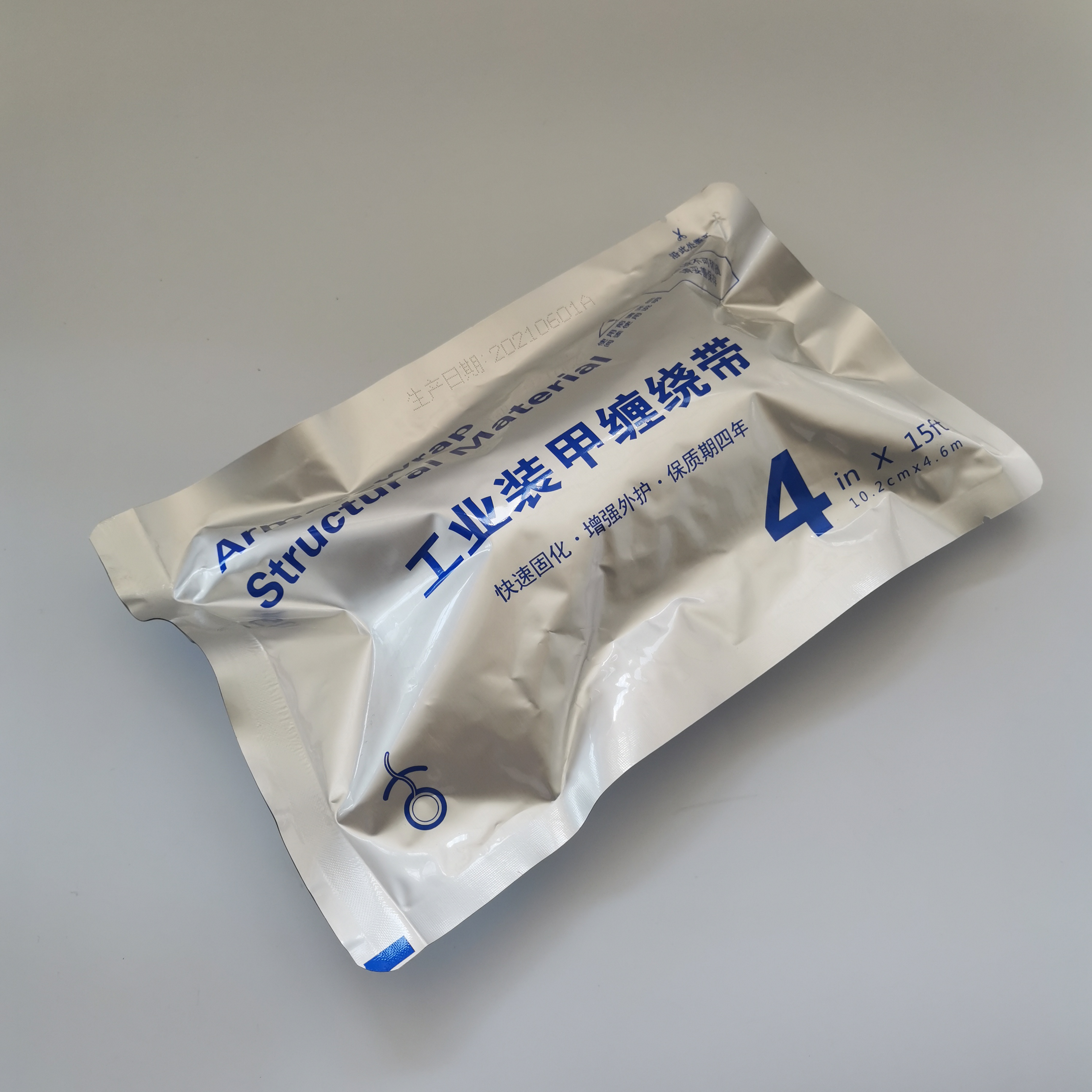Understanding Door Seals with Rubber Strips The Key to Energy Efficiency and Comfort
In today’s world, where energy efficiency and comfort are paramount, the significance of door seals, particularly those utilizing rubber strips, cannot be overlooked. A door seal is a simple yet crucial component that can dramatically impact the insulation of residential and commercial buildings. This article delves into the benefits, types, and installation of door seals with rubber strips, underscoring their importance in modern architecture.
The Importance of Door Seals
Door seals are designed to close gaps between doors and their frames, preventing unwanted air, dust, and water from entering indoor spaces. These seals serve multiple essential functions. Firstly, they enhance energy efficiency by reducing the burden on heating and cooling systems. For instance, a well-sealed door prevents drafts, ensuring that conditioned air remains inside, which can lead to significant energy savings over time.
Secondly, door seals contribute to overall comfort within a space. Poorly sealed doors can lead to fluctuating indoor temperatures, making it challenging to maintain a consistent and pleasant environment. This discomfort can especially be felt during extreme weather conditions, whether the heat of summer or the chill of winter.
Benefits of Rubber Strip Seals
Rubber strip seals are particularly popular due to their exceptional flexibility and durability. These seals are designed to fit various door types and sizes, providing a waterproof barrier that adapts to different door movements. The following are some key benefits of rubber strip seals
1. Durability Rubber strips are highly resistant to wear and tear. They can withstand various weather conditions, ensuring long-term functionality without cracking or losing shape.
2. Noise Reduction A door seal with a rubber strip also helps in sound insulation. It minimizes noise pollution from outside, creating a quieter and more peaceful indoor environment.
3. Pest Prevention By sealing gaps around doors, these strips can deter small pests and insects from entering a building, contributing to better hygiene and comfort.
4. Versatility Rubber strip seals are available in various profiles and sizes, making them suitable for different types of doors, including wooden, metal, and garage doors.
Types of Rubber Strip Seals
door seal with rubber strip

There are various types of rubber strip seals available in the market, each tailored to specific needs
- Self-adhesive Rubber Strips Perfect for DIY enthusiasts, these strips come with an adhesive backing that makes installation straightforward and mess-free.
- Weatherstripping This type is designed specifically for temperature control and is often thicker, ensuring a tight seal against harsh weather.
- Magnetic Seals These seals employ magnets to create a strong closure, commonly used in refrigerator doors and high-performance entryways.
Installation Tips
Installing a rubber strip door seal is a relatively straightforward process, making it an accessible DIY project for homeowners. Here are basic steps to consider
1. Measure the Door Frame Accurate measurements are essential for ensuring a proper fit. Measure the height and width of the door frame, and note any irregularities.
2. Select the Right Seal Choose a rubber strip that fits your door’s dimensions and meets your specific needs (e.g., weather resistance, noise reduction).
3. Prepare the Surface Clean the door frame area where the seal will be applied to ensure good adhesion.
4. Apply the Seal If using a self-adhesive strip, peel off the backing and carefully align the strip before pressing it firmly into place.
5. Test the Seal Close the door to check for any gaps. Adjust if necessary for a snug fit.
In conclusion, door seals with rubber strips play a crucial role in enhancing energy efficiency, comfort, and overall quality of living. With their durability and versatility, these seals are an excellent investment for any property, providing long-lasting benefits while promoting a more sustainable environment.
-
XIANGFAN Rubber Tape-Ultimate Solutions for All Your Insulation NeedsNewsJun.24,2025
-
XIANGFAN Rubber Tape-Protection for Industrial and Residential ApplicationsNewsJun.24,2025
-
XIANGFAN Rubber Tape: Superior Safety and Sealing for Demanding EnvironmentsNewsJun.24,2025
-
XIANGFAN Rubber Tape: Reliable Solutions for Every Electrical ChallengeNewsJun.24,2025
-
XIANGFAN Electrical & Industrial Tape: Powering Reliability Across IndustriesNewsJun.24,2025
-
XIANGFAN Electrical & Industrial Tape: Excellence in Every ApplicationNewsJun.24,2025
